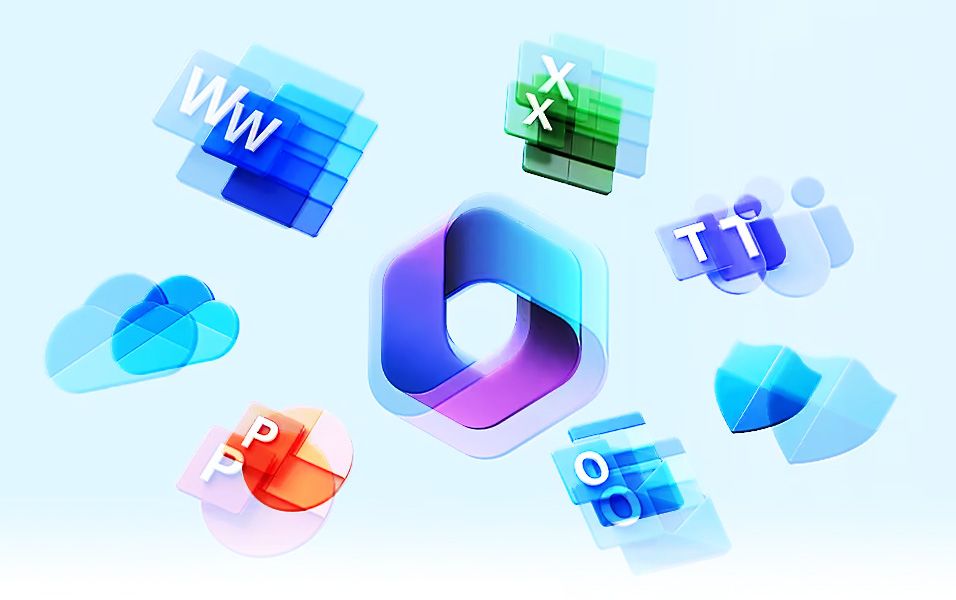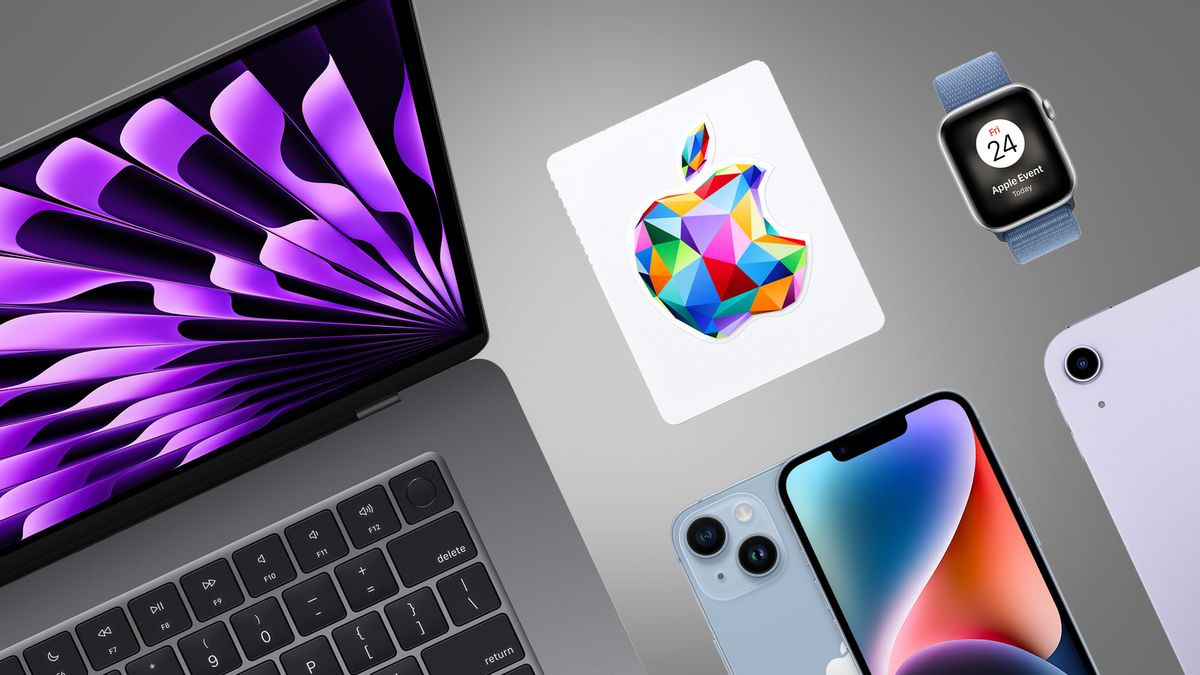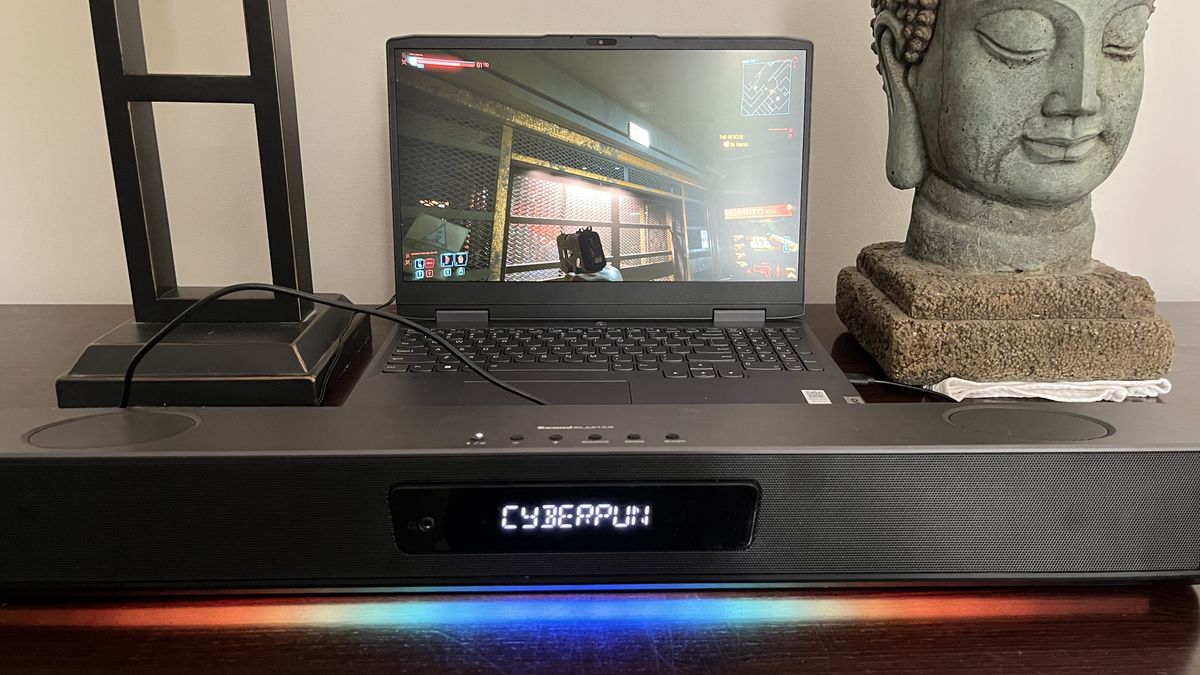Microsoft Provides Step-by-Step Guide on Installing Linux on Your PC
Microsoft has recently released its own set of instructions on how to install Linux on a personal computer. The guide offers a detailed, step-by-step process that outlines the selection of a Linux distribution and the subsequent installation.
Within the help article provided by Microsoft, the company suggests four different methods for running Linux on a PC: Windows Subsystem for Linux (WSL), bare metal Linux, a local virtual machine (VM), or a cloud VM. The guide also directs Linux enthusiasts to a Microsoft-hosted library of Linux resources.
It is worth noting that while Microsoft is providing assistance for Linux installations, the company continues to promote its own operating system, Windows 11.
The purposes of Linux and Windows as separate operating systems fundamentally differ from each other. Due to Linux’s open-source nature, it offers a high level of customization and a wide range of distributions created to cater to specific industries and businesses. Microsoft’s aim may be to support users in running Linux alongside Windows, rather than losing them entirely to the open-source side.
The article frequently mentions Windows Subsystem for Linux (WSL), which utilizes a virtual machine. Microsoft’s emphasis on its own solution could be an attempt to maintain Windows users within its ecosystem even when they explore alternative options.
Despite the mentions of Microsoft’s products and services, the article speaks positively about Linux-based operating systems and highlights several distros that are not affiliated with Microsoft.
The motivations behind Microsoft’s decision to provide installation instructions for Linux, despite being the creator of the world’s most popular desktop operating system (which holds more than two-thirds of the market share according to StatCounter), remain unclear. However, it could be seen as part of a broader shift towards interoperability and a response to increasing pressure from regulatory bodies on tech companies to embrace competition.
In a market where tech companies are facing scrutiny over their dominance in various sectors, it makes sense for Microsoft to proactively engage with competitors and strive for interoperability.
Source: TechRadar Pro




